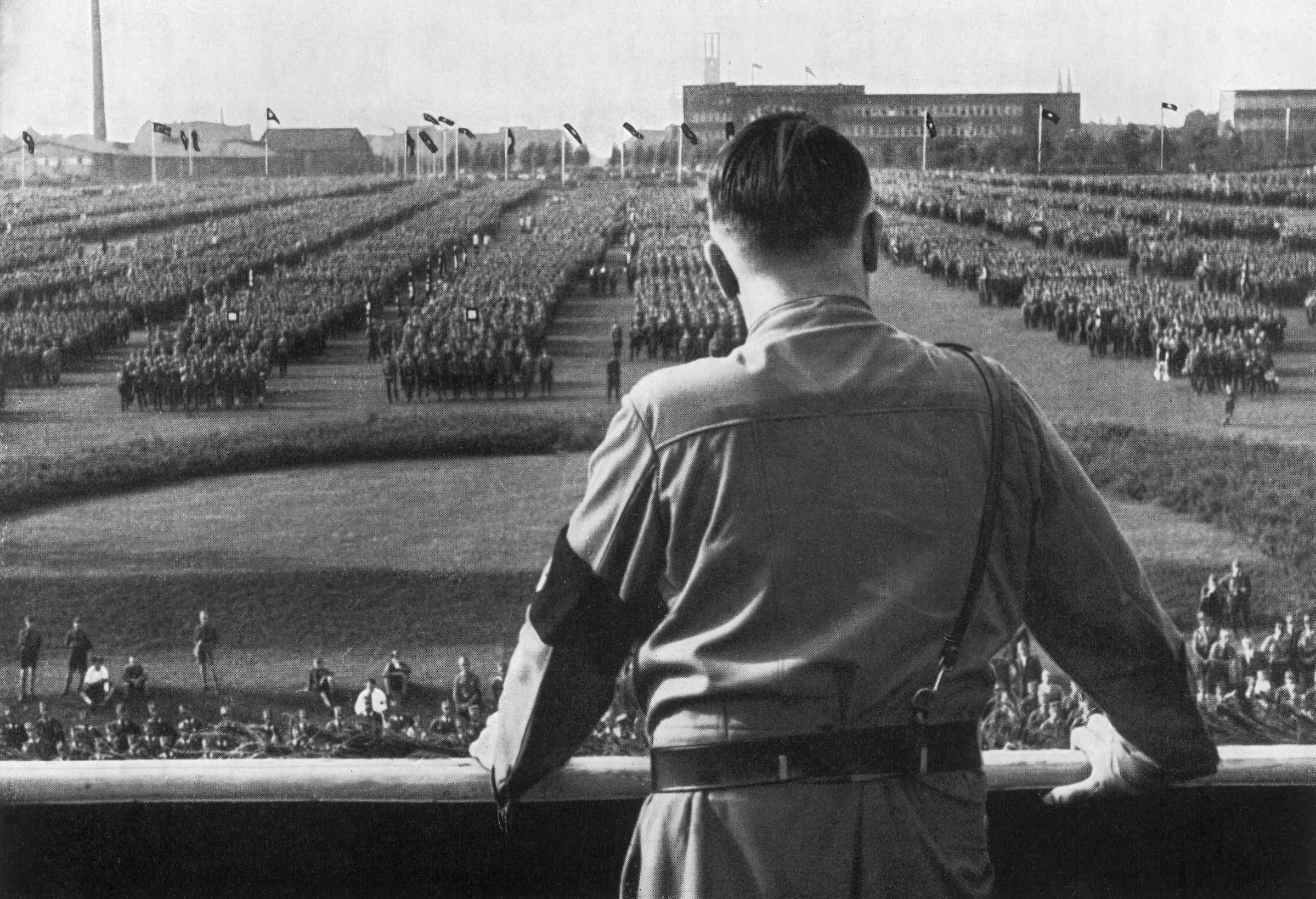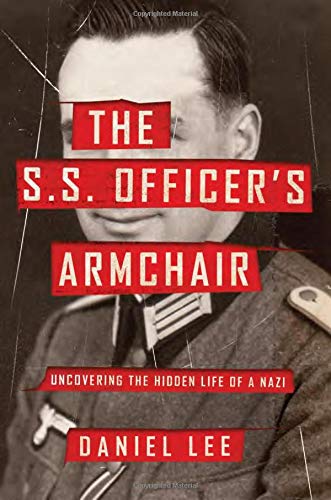
Among the numerous tragedies of the current COVID-19 crisis is the large number of Holocaust survivors who count among the disease’s victims. In recent weeks, newspapers across the world have published moving obituaries of individual Jews who, more than three-quarters of a century ago, fled persecution, went into hiding or survived the horrors of the concentration camps. A number of these tributes have even reflected on a world in the not too distant future in which there will no longer be Holocaust survivors to share their testimony. With educators aware of this situation, holograms of remaining survivors have been produced, so that future generations will be able to ask questions about life in 1930s and 1940s Europe.
But while first- and second-generation Holocaust survivors are often no strangers to the public exposure that comes with educating their communities about the past, the same cannot be said for most former Nazis and the children of perpetrators, whose participation in or relationship with the Third Reich has not undergone the same level of public interest or scrutiny.
After the war, most ordinary Nazis—Gestapo agents, S.S. and S.A. auxiliaries, party members and government officials, as well as German citizens who embraced the party’s rhetoric—faded into relative obscurity and were able to create fresh false identities and make a clean break with their pasts. They were aided by a silence within families and within the polity that persisted for decades. When post-war trials against Nazis occurred, they generally ignored low-level functionaries and killers and aimed to convict only prominent members of the regime. Between 1945 and 1958, only 6,093 former Nazis were convicted of having committed a crime—a drop in the ocean when we remember that in 1945 the Nazi party had eight million members. Despite the swathes of people caught up in Nazism before and during World War II, most of us can, today, name only a handful of Nazis, almost always those who formed part of Hitler’s inner circle.
Get your history fix in one place: sign up for the weekly TIME History newsletter
In this context, it is unsurprising that we’re not commonly seeing stories in German newspapers of Holocaust perpetrators or their descendants being affected by the virus. Looking at the figures, we discover that more than 5,000 of the 8,700-plus COVID-related deaths in Germany were people aged over 80. Logic dictates that many of these people, who would have been children or adolescents if they lived in Germany during the Third Reich, likely had parents who made up Hitler’s millions of nameless and faceless followers. Other fatalities of the novel coronavirus in Germany were in their late teens and even early 20s during the Second World War; more than 1,600 of those who died were aged over 90, while dozens were aged more than a hundred.
Just as we are beginning to imagine a world without survivors, the disappearance of those with first-hand memories of life under Nazism forces us to pause for a moment and to ask questions about a world without perpetrators, and, also, one that no longer contains anyone who had known, grown up with or even loved a Nazi.
Losing those memories matters. To understand the inner workings of the Third Reich, we need to know not just its leaders, but the ordinary Nazis who made up its ranks, whose role in war and genocide have vanished from the historical record. The act of recovering perpetrators’ voices sheds light on consent and conformity under the swastika, enabling us to ask new questions about responsibility, blame and manipulation.
In 2011 an upholsterer in Amsterdam found a bundle of swastika-covered documents inside the cushion of an armchair he was repairing. The papers belonged to Robert Griesinger, a lawyer from Stuttgart who was an SS member working for the Reich in Nazi-Occupied Prague. Jana, the armchair’s Czech owner had purchased the chair while a student in Prague in the 1960s. As a professional historian of the Second World War, who happened to be known to Jana’s daughter, I was asked to investigate the mystery of the hidden papers. I immediately set out to uncover more about this S.S. official, who was not mentioned in any books on occupied Prague or anywhere online. The results became my new book The S.S. Officer’s Armchair.
My search for Griesinger was to last five years. It would lead me to German provincial towns where he had studied and worked and to archives and libraries across Europe and America. I discovered early on that Griesinger was not as German as I had thought and that his father, born in New Orleans, came from a family that owned enslaved people in Louisiana. Griesinger grew up in a conservative military family, which—as was typical for the time and place—blamed Jews for starting the Great War. It was not inevitable that Griesinger would turn to Nazism, but it’s striking how quickly he adapted to it. As a young legal official seeking to establish a career in an unprecedented political landscape, Griesinger was not even a Nazi party member at the beginning of 1933, yet within a year he had joined a host of Nazi organizations, including the S.S., as a channel for career advancement.
I later managed to track down his daughters and even read his mother’s diary. His story offered a chilling reminder of how ordinary people, not monsters, made the Nazi regime and its heinous crimes.
Returning texture and agency to one such perpetrator allows Griesinger to stand in for the thousands of anonymous ordinary Nazis whose widespread culpability wreaked havoc on countless lives and whose biographies have, until now, never seen the light of day. So many other stories just like his have never been put to paper and, given the rapidly declining number of people still able to remember personal elements of these individual, one wonders whether they will ever be written.

Daniel Lee is the author of The S.S. Officer’s Armchair: Uncovering the Hidden Life of a Nazi, available now from Hachette Books.
More Must-Reads from TIME
- Why Biden Dropped Out
- Ukraine’s Plan to Survive Trump
- The Rise of a New Kind of Parenting Guru
- The Chaos and Commotion of the RNC in Photos
- Why We All Have a Stake in Twisters’ Success
- 8 Eating Habits That Actually Improve Your Sleep
- Welcome to the Noah Lyles Olympics
- Get Our Paris Olympics Newsletter in Your Inbox
Contact us at letters@time.com